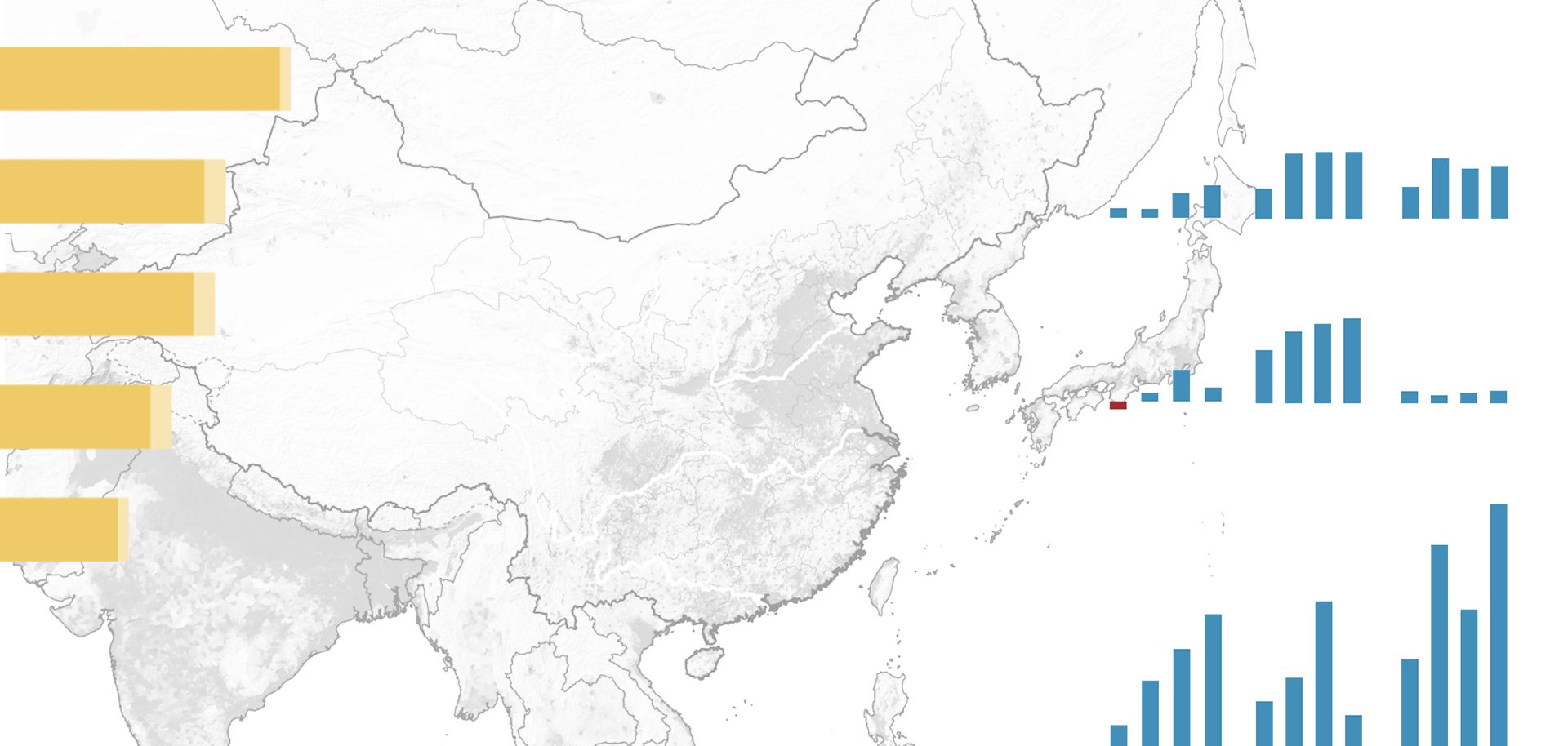
Russia transports natural gas to Europe through three main routes. The primary natural gas export line is the Druzhba Pipeline system, which passes through Ukraine. The second traditional route involves the parallel Yamal-Europe I and Northern Lights lines, both of which run through Belarus before splitting. The southern spur passes through Ukraine on its way to Europe, and the northern spur crosses Poland before reaching Germany. The most recently constructed pipeline to Europe is Nord Stream, which connects Russia directly to Germany (Russia's largest European customer) via the Baltic Sea, thus bypassing the other transit states. For years, Russia has been in and out of a series of political and energy disputes with its two primary transit states — Ukraine and Belarus — and these disputes have led to oil and natural gas cutoffs that have made Russian supplies to Europe unreliable. Such issues were likely behind Russian President Vladimir Putin's April 4 announcement that Gazprom, Russia's state-owned energy firm, plans to revive a pipeline project that would open another route for exporting natural gas to Europe. The project, called Yamal-Europe II, would branch off the existing Yamal-Europe I pipeline that passes through Belarus en route to Poland and Germany. The new spur would stretch from Belarus to Slovakia via Poland, bypassing Ukraine and further diminishing the country's role as a natural gas transit state and its leverage in negotiations with Russia. However, with a capacity of only 15 billion cubic meters, Yamal-II would be a relatively small pipeline and would not be completed until 2019. Thus, at this point in time, Putin's announcement about the project is essentially little more than rhetorical saber-rattling directed at Ukraine.



